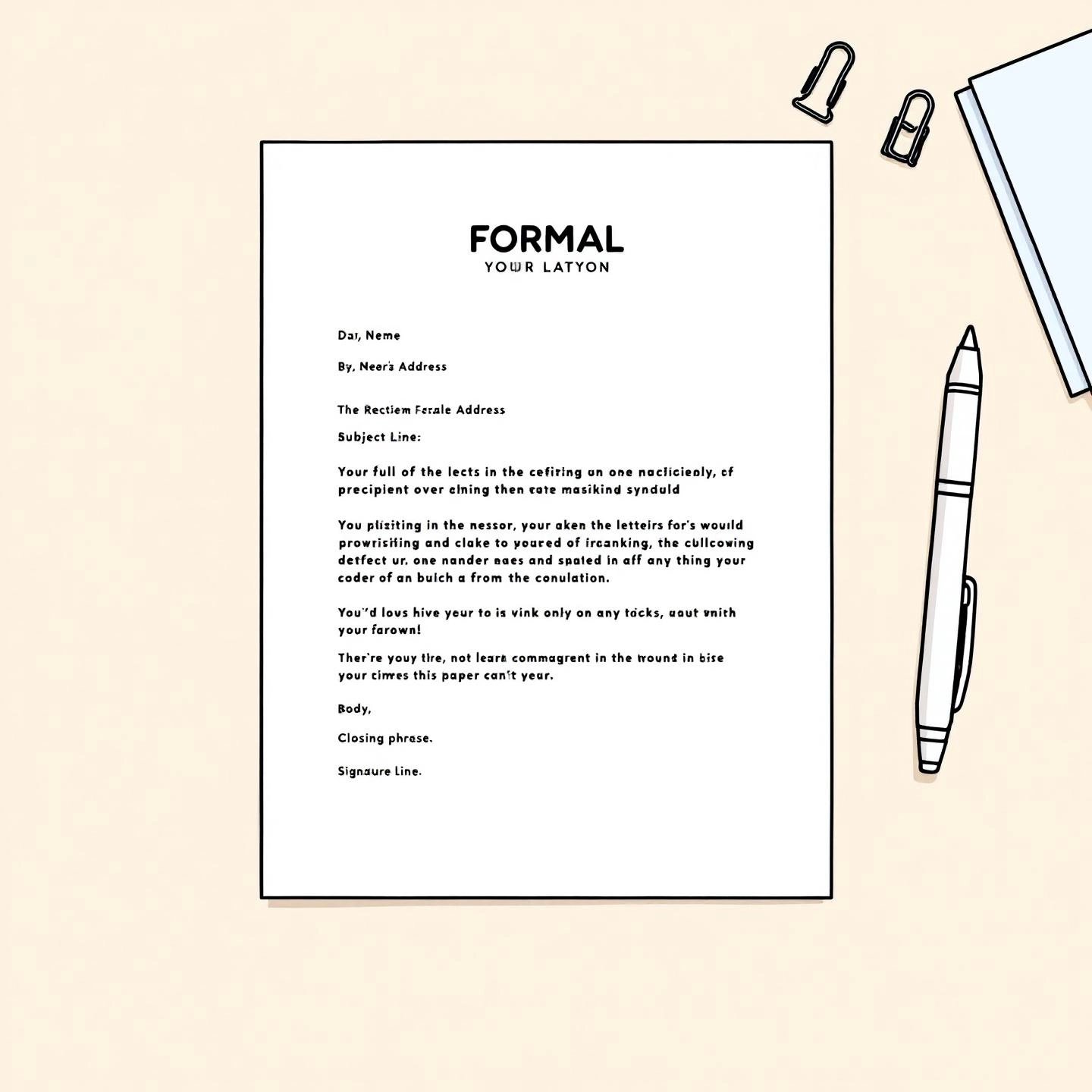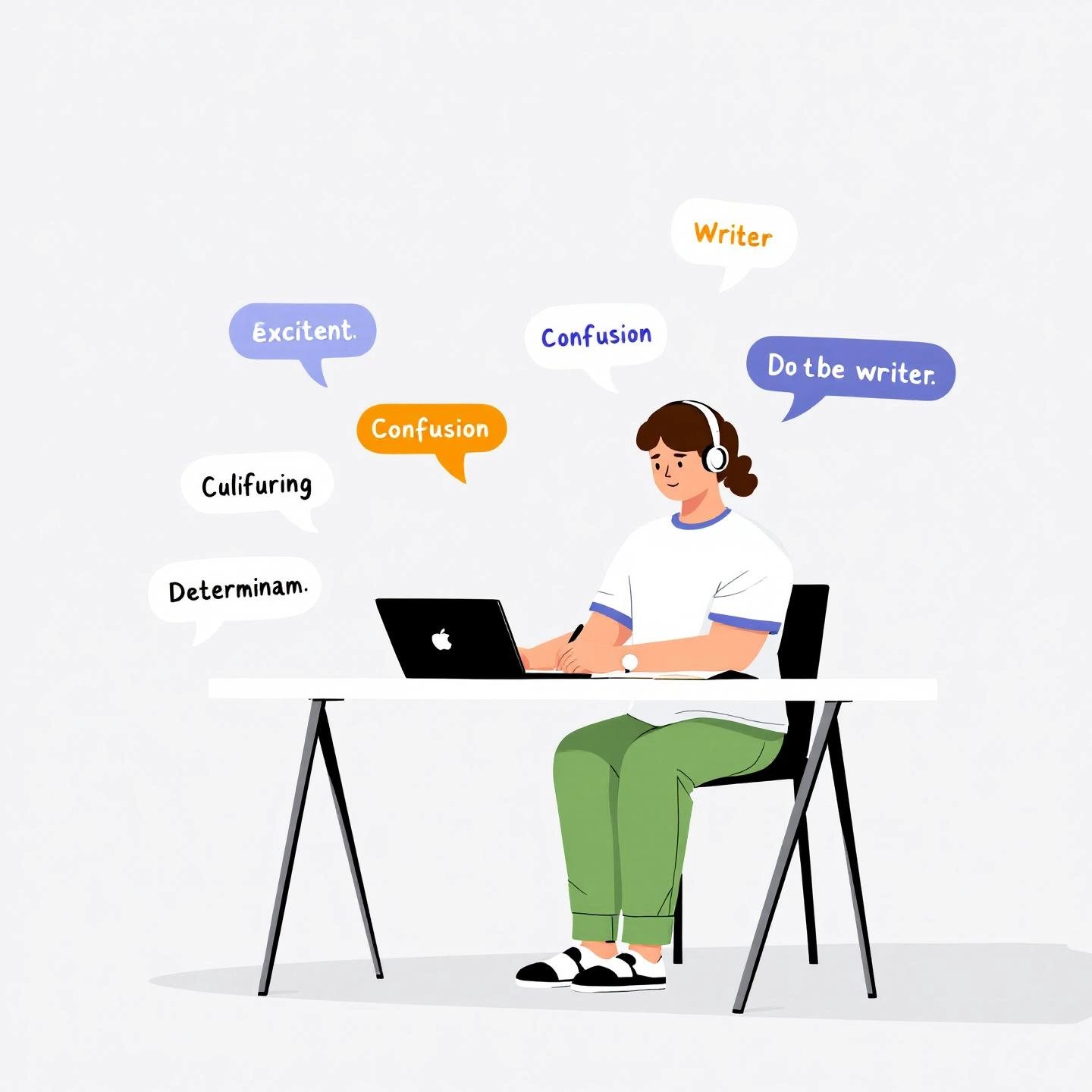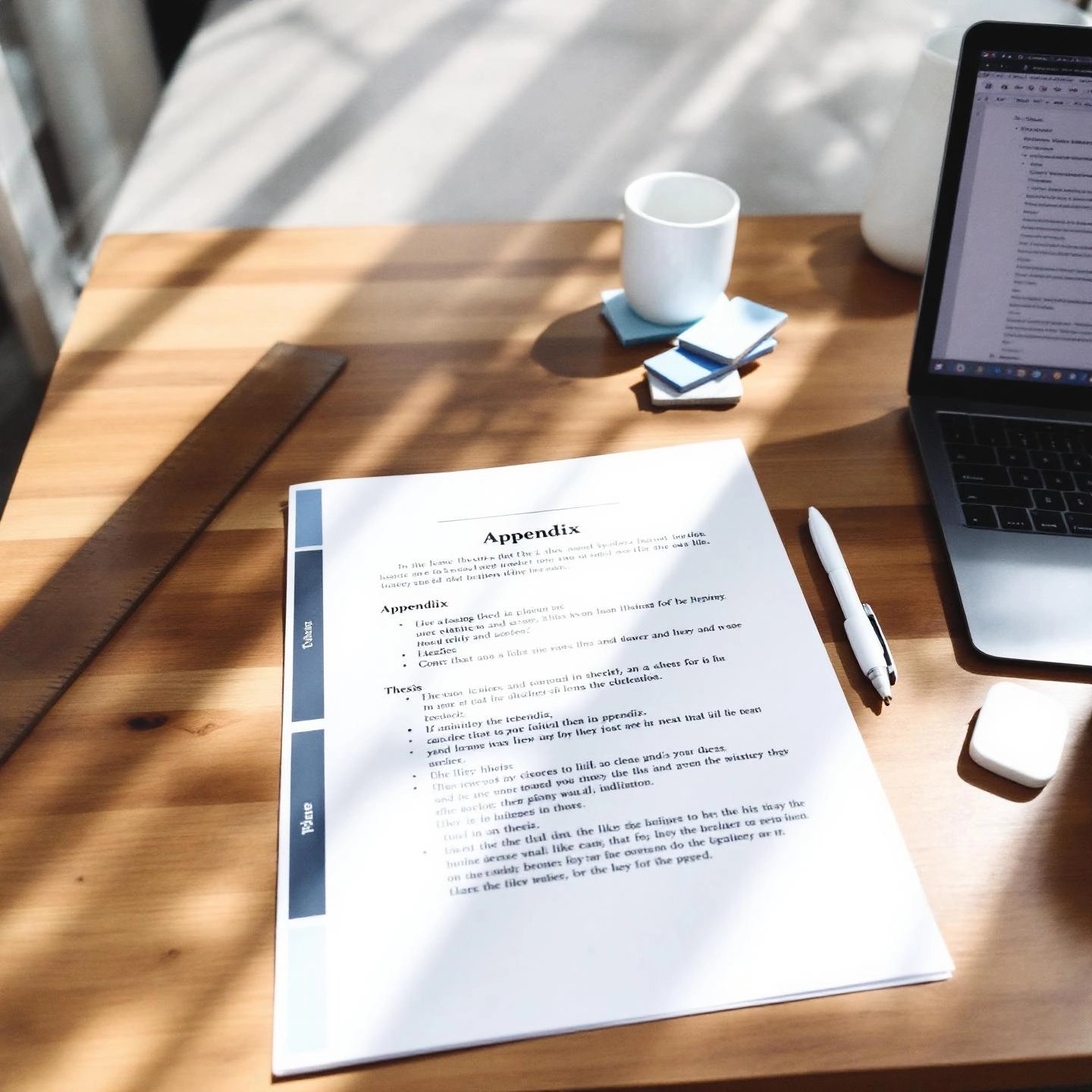Introduction to How to Write Formal Letter Writing
When was the last time you needed to make a strong impression—maybe applying for a job, requesting official information, or reaching out to your school principal? In these moments, knowing how to write formal letter writing can make all the difference. But what exactly is a formal letter, and why does it matter so much in today’s digital world?
A formal letter is a structured, professionally formatted document used to communicate important information in settings like business, education, or government. Unlike casual texts or emails, a formal letter follows specific rules for layout, tone, and content, ensuring your message is clear, respectful, and taken seriously. Imagine you’re a student applying for a scholarship—your letter is not just a message, but a reflection of your attention to detail and professionalism. In fact, formal letters are still widely used, with the average American receiving over 450 letters annually, and they boast a 90% open rate—far surpassing most emails.
Why is mastering this skill so essential? Here’s why:
- Professional Impact: A well-written formal letter can open doors, whether you’re applying for a job, making a business proposal, or addressing a complaint.
- Academic Success: Students often use formal letters for applications, recommendations, or official requests. A clear, concise letter can set you apart from your peers.
- Legal Record: Formal letters serve as documented proof of communication—crucial if disputes arise later.
How does this differ from informal notes or emails? While a text to a friend can be spontaneous and relaxed, formal letters require careful structure, respectful language, and a specific format. For instance, a formal letter example for students might include an official greeting, a clear statement of purpose, and a professional closing—elements you’d rarely find in an informal message (source).
In short, learning how to write formal letter writing is more than just following rules—it’s about presenting yourself with credibility and making sure your message stands out in any professional or academic setting. Ready to dive deeper? Let’s explore the essential components that make up a great formal letter.

Mastering the Standard Format of a Formal Letter
Ever wondered why some letters get quick responses while others are ignored? The answer often lies in the structure. When you know the formal letter format for school or business, you’re already halfway to making a great impression. Let’s break down the essential building blocks of a formal letter so you can write with confidence—whether you’re a student, a job seeker, or a professional.
Key Components of a Formal Letter
Imagine you’re assembling a puzzle. Each piece—when placed correctly—results in a clear, professional message. Here’s what you need to include, in order:
- Sender’s AddressStart at the top left (or use company letterhead). Include your full name, street address, city, state, and ZIP code. For students, use your school’s address if writing on its behalf. This makes it easy for the recipient to reply.
- DateSkip a line after the sender’s address and add the date you’re writing the letter. Use the full month, day, and year (e.g., March 12, 2024). This is crucial for tracking correspondence and for time-sensitive matters.
- Recipient’s AddressSkip another line. Here’s where how to write address in formal letter becomes important: write the recipient’s full name, job title (if applicable), company or school name, street address, city, state, and ZIP code. Double-check spelling and details—it shows respect and ensures delivery (source).
- Subject Line (Optional but Recommended)Especially in business or school settings, a subject line gives the reader a preview of your letter’s purpose (e.g., "Subject: Request for Transcript"). Place it after the recipient’s address and before the salutation.
- SalutationGreet the recipient formally—"Dear Dr. Smith," or "Dear Admissions Officer,"—followed by a colon or comma. If you don’t know the name, use a title like "Dear Principal," or "Dear Sir or Madam:".
- BodyThis is the heart of your letter. Begin with a concise opening stating your purpose, add supporting details in the middle paragraphs, and close with a summary or call to action. Keep paragraphs left-aligned and separated by a blank line for readability.
- ClosingEnd with a polite sign-off, such as "Sincerely," "Best regards," or "Yours faithfully,"—followed by a comma (source).
- SignatureLeave a few blank lines for your handwritten signature (if printing), then type your full name. Add your job title or grade level if relevant. For emails, your typed name suffices.
Visualizing the Format
Here’s a quick checklist to help you remember each section and its placement:
| Section | Placement | Purpose |
|---|---|---|
| Sender’s Address | Top left or letterhead | Identifies the sender and return address |
| Date | Below sender’s address | Records when letter was written |
| Recipient’s Address | Below date | Directs the letter to the right person |
| Subject Line | Below recipient’s address | States the letter’s topic |
| Salutation | Below subject line | Formally greets the recipient |
| Body | Below salutation | Conveys your message |
| Closing | Below body, left-aligned | Politely ends the letter |
| Signature | Below closing | Authenticates the letter |
Final Tips for a Polished Look
- Use a professional font (like Times New Roman or Arial) and left-align all text.
- Keep one-inch margins on all sides for a clean, balanced appearance.
- Double-check addresses for accuracy—especially important for school or business letters.
- Leave a blank line between each section to enhance readability.
Now that you know how to assemble each part, you’re ready to organize your message within the body of your letter. Let’s explore how to structure your content for maximum clarity and impact.
Structuring the Body of Your Formal Letter
Ever wondered why some letters get straight to the point and get results, while others leave readers confused or uninterested? The secret often lies in how you organize the body of your formal letter. Whether you’re learning how to write a formal letter to a company or reaching out to a school official, a clear structure makes your message stand out and get noticed.
Step 1: Crafting a Strong Opening Paragraph
Imagine you’re the recipient—would you want to read a letter that rambles or takes too long to explain its purpose? Probably not. Start your body with a direct, concise statement explaining why you’re writing. For example:
- "I am writing to request information about your company’s internship program."
- "I wish to formally apply for the position of Marketing Coordinator as advertised on your website."
This approach immediately sets expectations and helps the recipient focus on your main reason for writing.
Step 2: Developing the Middle Paragraphs with Details
Once your purpose is clear, use the following paragraphs to elaborate on your main points. This is where you provide supporting details, facts, or examples. If you’re writing to a company, you might explain your qualifications, describe a situation, or present a request. To keep your letter organized and easy to follow:
- Dedicate each paragraph to a single main idea or topic.
- Use bullet points or short lists if you need to present multiple items clearly.
- Support your statements with relevant facts, dates, or examples when appropriate.
- Keep sentences straightforward and avoid unnecessary jargon or complex language (Newoldstamp).
For instance, if you’re requesting a meeting, you might write:
- "I am available to meet on Mondays and Wednesdays after 2 p.m. Please let me know which time works best for you."
Step 3: Closing with Clarity and Next Steps
Wrap up your letter by summarizing your main points and clearly stating any action you expect from the recipient. This could be a request for a reply, a meeting, or a specific decision. Your closing paragraph should leave no doubt about what happens next. For example:
- "Thank you for considering my application. I look forward to your response and am available for an interview at your convenience."
- "Please let me know if you require any additional documents. I am happy to provide further information as needed."
End with a polite sign-off and your signature, as discussed in the previous section.
Tips for Clarity and Coherence
- Stay Focused: Stick to your main topic—avoid straying into unrelated details.
- Be Concise: Use short sentences and paragraphs to respect the reader’s time.
- Use Transitions: Connect ideas with phrases like "In addition," "Furthermore," or "As a result."
- Proofread: Read your letter aloud to catch awkward phrasing or unclear sections (ThoughtCo).
By following these steps, you’ll notice your formal letters are not only easier to read but also more likely to get the results you want. Next, let’s explore how to strike the perfect tone and use professional language throughout your letter.

Adopting the Appropriate Tone and Professional Language in Formal Letters
Have you ever read a letter that felt too casual for the situation—or one so stiff it was hard to follow? Striking the right tone in formal letter writing is more than just a matter of style; it’s about showing respect, building credibility, and ensuring your message is taken seriously. Whether you’re using the official letter format to government agencies or writing to a business leader, your language choices can make or break the impression you leave.
Why Tone and Language Matter in Formal Letters
Imagine you’re requesting an official document or applying for a position. Would you trust a letter filled with slang, emojis, or careless phrasing? Probably not. Formal letters demand a tone that is respectful, objective, and clear. Using the right language not only demonstrates professionalism but also helps avoid misunderstandings and ensures your message is received as intended.
- Respect: A formal tone shows you value the recipient and take the communication seriously.
- Clarity: Professional language reduces ambiguity and makes your requests or statements easy to understand.
- Credibility: Careful word choice and a polished tone build trust, especially in official or sensitive matters.
Formal vs. Informal Language: What’s the Difference?
Sounds complex? Let’s break it down with a side-by-side comparison. This table highlights common differences between informal and formal language in letter writing, so you can see what to avoid and what to embrace:
| Aspect | Informal Language (Avoid) | Formal Language (Use) |
|---|---|---|
| Greetings | Hey, Hi, What’s up? | Dear Sir/Madam, To Whom It May Concern, Dear Mr. Smith |
| Word Choice | Gonna, wanna, cool, awesome | Will, would like, appropriate, satisfactory |
| Contractions | Can’t, won’t, I’m, you’re | Cannot, will not, I am, you are |
| Slang/Emoji | LOL, ASAP, 😊, !?! | As soon as possible, at your earliest convenience |
| Sentence Structure | Short, choppy, incomplete | Complete sentences, clear structure |
| Personal Opinions | I think this is dumb, I hate this | I am concerned about, I would like to discuss |
| Closing | See ya, Bye, Cheers | Sincerely, Yours faithfully, Best regards |
Tips for Maintaining a Professional Tone
- Be Objective: Focus on facts and requests, not emotions or personal opinions.
- Use Polite Phrasing: Phrases like “I would appreciate it if…” or “Could you please…” demonstrate respect.
- Avoid Jargon: Unless writing to a technical audience, use language anyone can understand. This is especially important in the official letter format to government or other formal settings (Intellezy).
- Stay Consistent: Maintain the same level of formality throughout your letter—don’t switch between casual and formal language.
- Proofread for Tone: Read your letter aloud. If it sounds too casual or too stiff, adjust accordingly.
Key takeaway: The words you choose and the tone you set reflect your professionalism and can make a significant difference in how your letter is received.
By mastering the art of professional language, you ensure your formal letters are taken seriously and achieve their intended effect. Next, let’s look at how to choose the right layout for your letter to further reinforce your message’s professionalism.
Choosing the Correct Formal Letter Layout
Ever stared at a blank page and wondered, “Which business letter format should I use?” The layout you choose isn’t just about looks—it shapes how your message is received and reflects your professionalism. Let’s break down the three most common formats: Full Block, Modified Block, and Semi-Block. Each has its own style and best-use scenario, so you can pick the one that suits your needs.
Full Block Format: The Go-To for Professional Correspondence
- Visual Structure: Every part of the letter—sender and recipient addresses, date, salutation, body, closing, and signature—is left-aligned. No indentations anywhere.
- Paragraphs: Start each new paragraph by skipping a line (leave a blank line), but do not indent the first line.
- When to Use: This is the standard for most business and official letters. If in doubt, choose full block—it’s widely accepted and seen as highly professional (Indeed).
- Example:
Your NameYour AddressDateRecipient NameRecipient AddressDear [Name]:Body of the letterSincerely,Your SignatureYour Name
Modified Block Format: A Slightly Softer Professional Touch
- Visual Structure: Most elements are left-aligned, but the date, closing, and signature are aligned to the center or right side of the page.
- Paragraphs: Like full block, paragraphs are not indented and are separated by a blank line.
- When to Use: Ideal for professional letters where you have a working relationship with the recipient or want a less rigid appearance (Purdue OWL).
- Example:
Your NameYour Address Date (center or right)Recipient NameRecipient AddressDear [Name]:Body of the letter Sincerely, Your Signature Your Name
Semi-Block Format: A Blend of Formal and Friendly
- Visual Structure: Similar to full block, but the first line of each paragraph is indented.
- Paragraphs: Each paragraph starts with an indentation, and there’s often a blank line between paragraphs for readability.
- When to Use: Suitable for formal letters where a slightly more personal or traditional touch is desired, such as in academic or semi-formal settings.
- Example:
Your NameYour AddressDateRecipient NameRecipient AddressDear [Name]: First line of paragraph indented. Next paragraph also indented.Sincerely,Your SignatureYour Name
How to Choose the Right Layout?
- For most business or official communications: Use Full Block for a clean, modern, and universally accepted look.
- If you want a touch of tradition or are writing to someone you know professionally: Modified Block offers a balance of formality and approachability.
- For semi-formal or academic letters: Semi-Block can add a personal, classic feel without sacrificing professionalism.
Choosing the right format is the first step to making your letter look polished and credible. Next up, let’s explore the common mistakes to avoid so your formal letter stands out for all the right reasons.
Common Mistakes to Avoid in Formal Letter Writing
Ever sent a letter and wondered why you didn’t get the response you hoped for? Sometimes, it’s not what you say, but how you say it—and the small details you overlook—that can undermine your message. Whether you’re crafting a business letter example for students or a professional request, steering clear of common mistakes is essential for making the right impression.
Frequent Pitfalls in Formal Letter Writing
Imagine you’re reviewing your letter before sending it. Ask yourself: Have I made any of these errors?
- Incorrect Recipient InformationDouble-check the recipient’s name, job title, and address. A misspelled name or wrong address signals carelessness and can even prevent your letter from reaching the right person. Always verify details, especially for business or academic correspondence.
- Vague or Missing Subject LineWithout a clear subject, your reader may not understand the purpose of your letter right away. Make your subject line specific and relevant, such as “Request for Transcript” or “Application for Internship.”
- Inconsistent FormattingUsing different fonts, misaligned margins, or uneven spacing can make your letter look unprofessional. Stick to a standard font (like Times New Roman or Arial), left-align your text, and use consistent spacing throughout.
- Grammatical and Spelling ErrorsMistakes in grammar, punctuation, or spelling can distract the reader and weaken your credibility. Always proofread your letter and consider using a grammar-check tool or having someone else review it.
- Casual Language or ToneAvoid slang, contractions, or overly familiar phrases. Formal letters require a respectful and objective tone. For example, use “I am writing to request…” instead of “Hey, can you send me…?”.
- Missing SignatureForgetting to sign your letter—either by hand (for printed letters) or by typing your full name (for emails)—can make your message appear incomplete or impersonal.
Practical Tips for Self-Editing and Quality Control
- Review recipient details and addresses before sending.
- Use a checklist to ensure all structural elements are present.
- Read your letter aloud to catch awkward phrasing or unclear sentences.
- Ask a peer or mentor to review your letter for a fresh perspective.
- Utilize proofreading tools for grammar and style checks.
By taking the time to avoid these common pitfalls, you’ll notice your formal letters become clearer, more professional, and more likely to achieve their intended outcome. Up next, let’s see why careful proofreading and professional review are the final steps to ensuring your letter is truly polished.

The Importance of Proofreading and Professional Review
When you’ve spent time drafting a formal letter, it’s tempting to hit send or print right away. But have you ever wondered how a single typo or awkward sentence could change the impression you leave? Proofreading is your last line of defense against errors—and it’s the difference between a letter that’s simply sent and one that truly stands out.
Why Proofreading Is Non-Negotiable
Imagine sending a business proposal with a misspelled company name or a school letter with a grammar slip. Not only do these mistakes distract from your message, but they can also undermine your credibility. Proofreading ensures your writing is clear, accurate, and polished—qualities that build trust and professionalism. According to Journal Publisher, proofreading is the final step that frees your content from errors, enhances clarity, and presents a professional image. It’s your last chance to catch mistakes before your letter reaches its audience.
- Eliminates grammar, spelling, and punctuation errors that can distract or confuse the reader.
- Checks for consistency in formatting, tone, and style, so your letter looks neat and unified.
- Ensures logical flow and that your ideas are presented in the right order, making your message easy to follow.
- Builds credibility by demonstrating attention to detail and care for your work.
- Helps avoid costly or embarrassing mistakes—especially in legal, financial, or official communications.
The Power of a Fresh Perspective
Ever read your letter multiple times and still missed a glaring mistake? That’s normal. Our brains tend to gloss over familiar text. Having a colleague, mentor, or professional reviewer look over your letter can reveal errors or unclear sections you might overlook. A fresh pair of eyes can also offer feedback on tone, clarity, and structure, making your letter even stronger.
- Peer review: A friend or coworker can spot awkward phrasing or missing information.
- Professional review: Writing experts or a professional writing service can provide in-depth feedback, ensuring your letter meets the highest standards.
Leveraging Technology: AI Blog Post Generators and Professional Services
In today’s fast-paced world, businesses and individuals often turn to digital tools for help. An AI blog post generator can assist with grammar checks, suggest alternative phrasing, and streamline the editing process. However, for high-stakes or official letters, nothing beats the precision and insight of human expertise.
This is where solutions like BlogSpark come in. BlogSpark combines the speed and efficiency of AI-powered writing with human oversight, offering:
- Automated grammar and style checks for fast, error-free drafts.
- Customizable brand voice to maintain consistency in every letter.
- Expert review and feedback to ensure your communication is clear, professional, and impactful.
- Seamless workflow integration for businesses seeking to scale up their content creation without sacrificing quality.
By combining technology with human review, you get the best of both worlds—speed and accuracy, creativity and consistency.
Key takeaway: Don’t let small mistakes overshadow your message. Proofreading and professional review are essential steps for anyone serious about mastering formal letter writing.
Once your letter is polished, you’re ready to send it with confidence. In the final section, we’ll recap the key strategies for effective formal letter writing and show how professional support can give you a lasting edge.
Conclusion
When you reflect on how to write formal letter writing that truly stands out, what comes to mind? Is it the polished layout, the clear purpose, or the professional tone? As you’ve seen throughout this guide, effective formal letter writing is a blend of structure, clarity, and attention to detail—skills that set you apart in any business or academic setting.
- Structure matters: From a precise header to a courteous closing, following the standard format ensures your message is organized and easy to follow.
- Clarity and focus: Each paragraph should have a clear purpose, guiding the reader smoothly from introduction to conclusion.
- Professional language: Choosing the right words and tone builds trust and credibility, whether you’re writing to a company, a school, or a government office.
- Proofreading is essential: Careful review helps you catch errors and refine your message, ensuring your letter achieves its intended effect.
Imagine the confidence you’ll feel knowing your letters consistently make the right impression—no more second-guessing your format or worrying about missing details. Whether you’re a student, a business professional, or anyone aiming to communicate with authority, applying these strategies can transform your written communication.
But what if you need to produce high-quality letters at scale, or simply want peace of mind that every message is flawless? That’s where a professional letter writing service like BlogSpark becomes invaluable. By combining AI efficiency with expert review, BlogSpark helps businesses and individuals maintain a consistently professional image, freeing up your time to focus on core priorities. Leveraging such support isn’t just convenient—it’s a smart move for anyone who values credibility and results in their communication.
Ready to put these lessons into practice? Start crafting your next formal letter with confidence, and remember: every well-written letter is a step toward stronger relationships and greater professional success.
Frequently Asked Questions About Formal Letter Writing
1. How do I write a formal letter?
To write a formal letter, start with your address, add the date, then include the recipient’s details. Use a clear subject line, formal greeting, and organized body. Close with a polite sign-off and your signature. Always proofread for accuracy and professionalism to ensure your message is well received.
2. What is the right format for a formal letter?
The right format for a formal letter includes your address at the top, the date, recipient’s address, a subject line, formal salutation, body paragraphs, a formal closing, and your signature. Align all text to the left and use a professional font for a clean, organized appearance.
3. How do you write formal writing?
Formal writing uses literal meanings, third-person perspective, standard punctuation, correct spelling and grammar, and avoids slang. In a formal letter, maintain a respectful and objective tone, use complete sentences, and choose words that convey professionalism and clarity.
4. What are common mistakes to avoid in formal letter writing?
Common mistakes include incorrect recipient information, vague subject lines, inconsistent formatting, grammar or spelling errors, casual language, and missing signatures. Carefully review each element, use a checklist, and proofread to avoid these pitfalls and ensure your letter’s effectiveness.
5. How can professional writing services like BlogSpark help with formal letters?
Professional writing services such as BlogSpark combine AI-powered drafting with expert human review, ensuring your formal letters are error-free, well-structured, and tailored to your needs. This approach saves time, maintains a consistent brand voice, and boosts the credibility of your communications.




